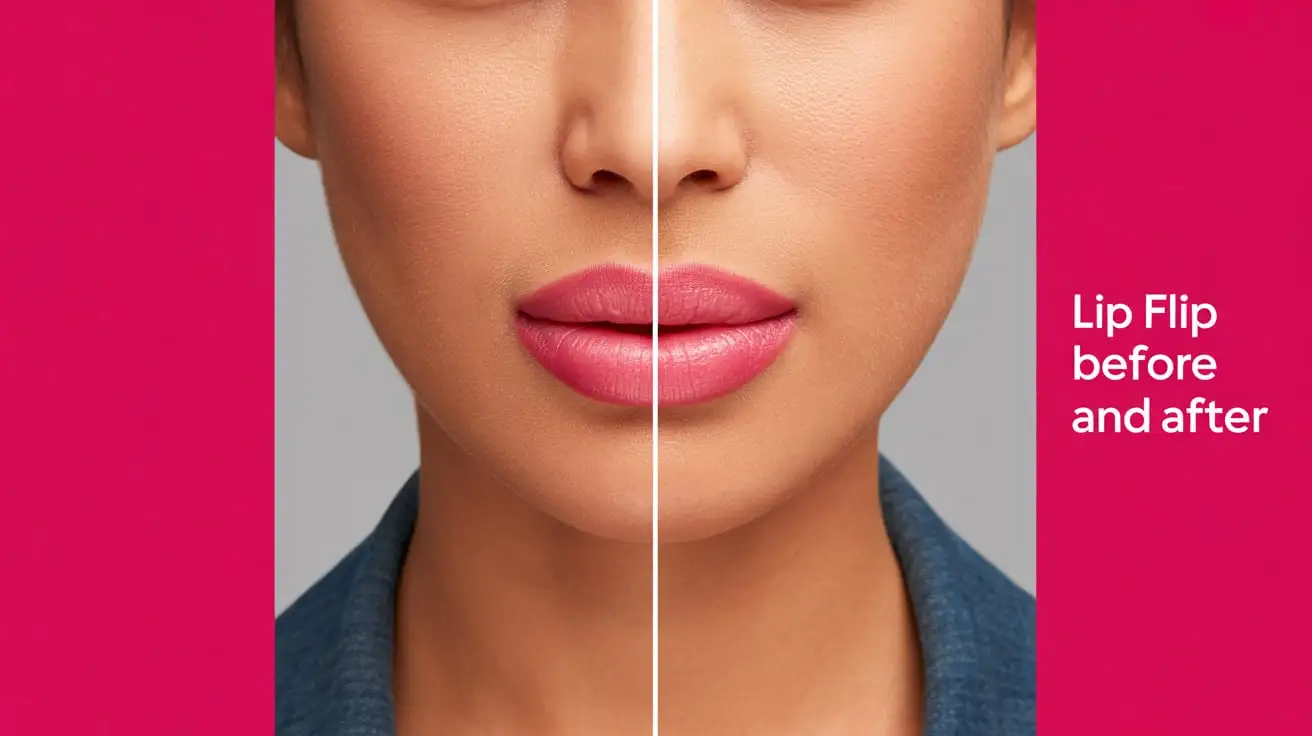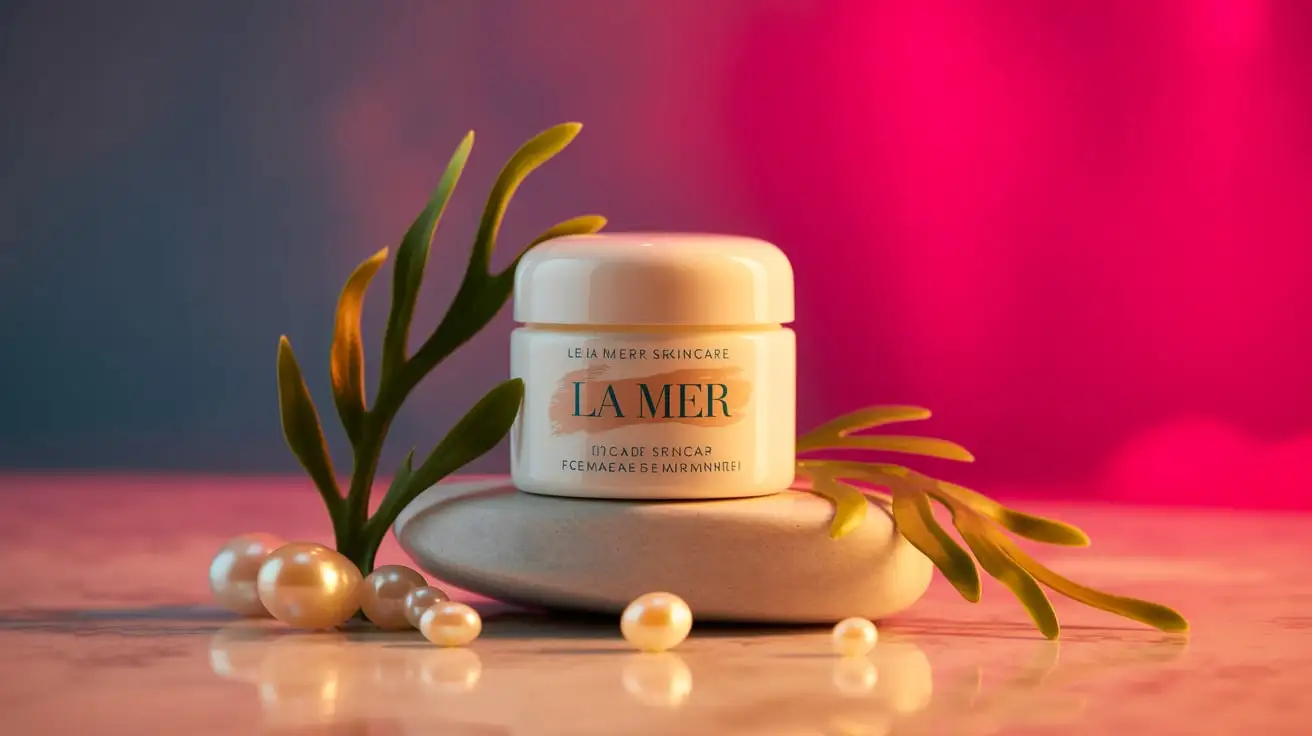Many people ask themselves, Why Are My Feet Purple? Seeing this color change can be surprising and even scary. Sometimes it’s harmless, but other times it may signal a health condition that needs medical care.
Table of Contents
ToggleJust like we care about Skin Beauty, body oil, or even a spray tan for glowing skin, paying attention to foot health is equally important.
Causes of Purple Feet
There are different reasons why feet may look purple. Some are temporary, while others are linked to health issues. If you’ve been wondering Why Are My Feet Purple? Here are the most common causes:
1. Poor Circulation
If blood doesn’t flow properly to your feet, they may look purple or blue. Conditions like diabetes, Peripheral Artery Disease (PAD), or other blood vessel problems often cause this. Keeping Circulation healthy supports both foot health and overall skin beauty.
2. Cold Weather
Cold weather is another simple reason behind Why Are My Feet Purple. When exposed to low temperatures, your body narrows blood vessels to save heat, which reduces blood flow to the feet. It usually goes away after warming up. People interested in fashion may notice this when wearing lighter footwear in cold seasons.
3. Deep Vein Thrombosis (DVT)
DVT happens when a blood clot forms in a vein, blocking blood flow. This can cause purple feet and is a medical emergency. If you suspect DVT, don’t just wonder Why Are My Feet Purple, seek medical help immediately.
4. Raynaud’s Disease
In this condition, small blood vessels narrow too much when you’re cold or stressed. This reduces blood flow, making feet look purple or blue, often with numbness or tingling.
5. Venous Insufficiency
Here, the leg veins can’t push blood back to the heart properly. Blood collects in the feet, causing swelling and a purple color. Regular massage with Body Oil may relax your legs, but medical care is needed for proper Circulation.
Symptoms of Purple Feet
When feet turn purple, other signs may help identify the cause:
- Color Changes: Feet may look purple, blue, or red.
- Swelling: Feet can swell and feel heavy or tight, especially with venous insufficiency or DVT.
- Numbness or Tingling: Poor Circulation can cause a pins-and-needles feeling.
- Pain or Cramps: DVT and other serious problems may cause pain or discomfort.
Treatments for Purple Feet
The right treatment depends on the cause. If you’re thinking Why Are My Feet Purple and What should I do, here are some solutions:
1. Improve Circulation
- Exercise regularly to keep blood flowing.
- Compression stockings to reduce swelling.
- Medications like blood thinners (for DVT) or drugs that improve blood flow.
2. Warm the Feet
If cold is the cause, simply warm your feet with socks, heating pads, or warm water. Just as you use body oil or a spray tan for comfort and skin beauty, warming your feet helps keep them healthy.
3. Elevate the Feet
Raising feet above heart level helps improve Circulation and reduce swelling.
4. Manage Health Conditions
Conditions like diabetes, Raynaud’s, or heart disease need proper care, medication, and lifestyle changes.
5. Treating DVT
- Blood thinners to stop clots from growing.
- Surgery or special procedures may be necessary in severe cases to remove or break up the clot.
When to See a Doctor
Seek medical help if you notice:
- Strong pain or cramping
- Swelling or warmth in one leg
- Numbness or tingling
- Chest pain, dizziness, or shortness of breath
- Open sores that don’t heal
- If these happen, don’t just keep asking Why Are My Feet Purple, it’s time to get checked by a doctor.
How to Prevent Purple Feet
- Exercise often to boost Circulation.
- Avoid sitting or standing in one position for too long.
- Keep your feet warm in cold weather.
- Manage health conditions like diabetes, high blood pressure, and heart disease.
- Just as following fashion or skincare routines, foot care should also be part of your self-care regimen.
Final Thoughts
So, Why Are My Feet Purple? The answer can be as simple as cold weather or as serious as circulation problems, such as DVT or Raynaud’s disease. Always watch your symptoms carefully. If the problem doesn’t go away or gets worse, consult a doctor.
By learning the causes, symptoms, and treatments, you can protect your Circulation and overall health. Good care, whether through body oil, a spray tan, or medical treatment, keeps your feet and skin healthy.


